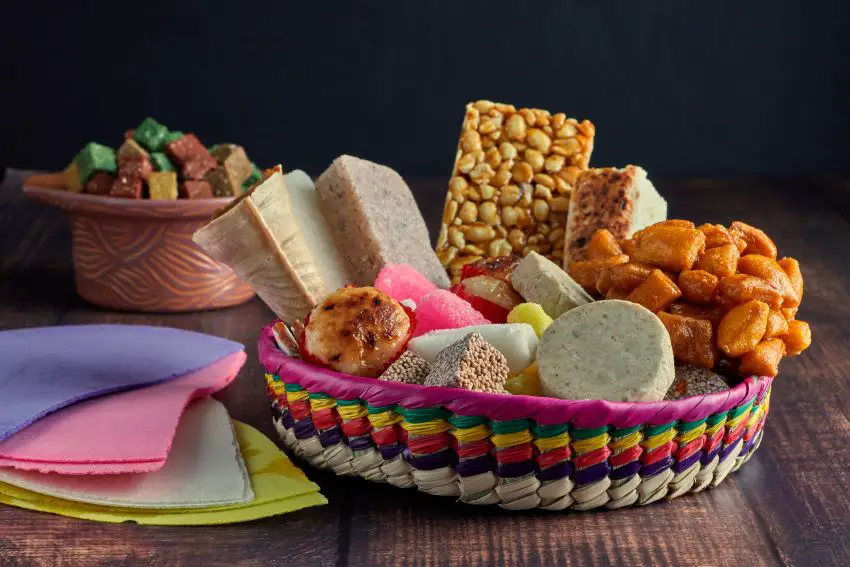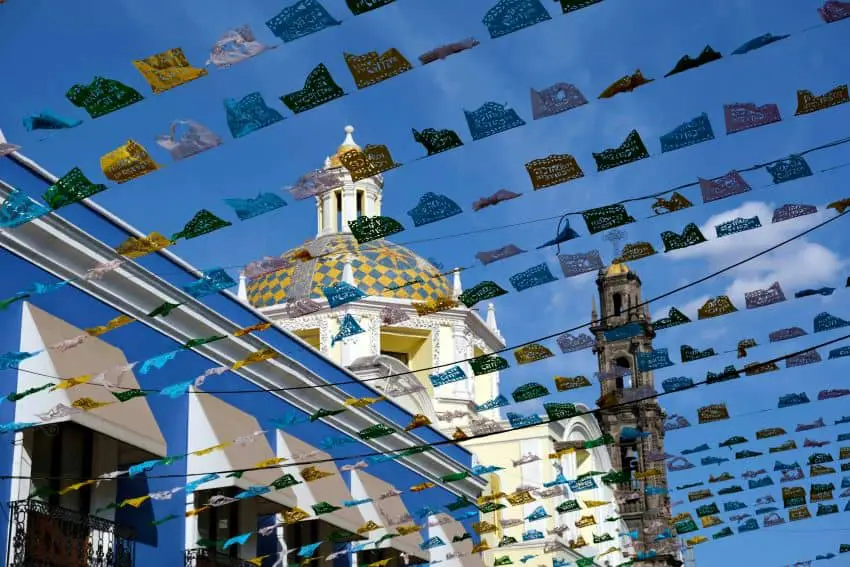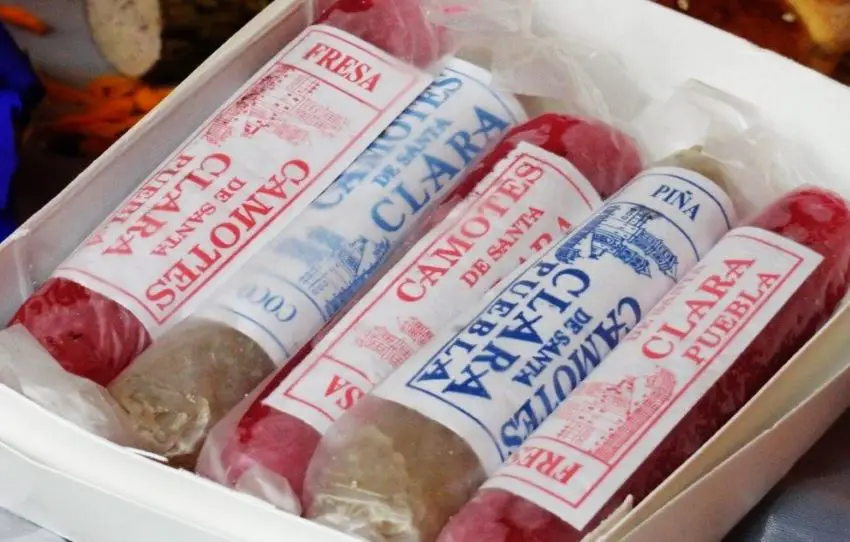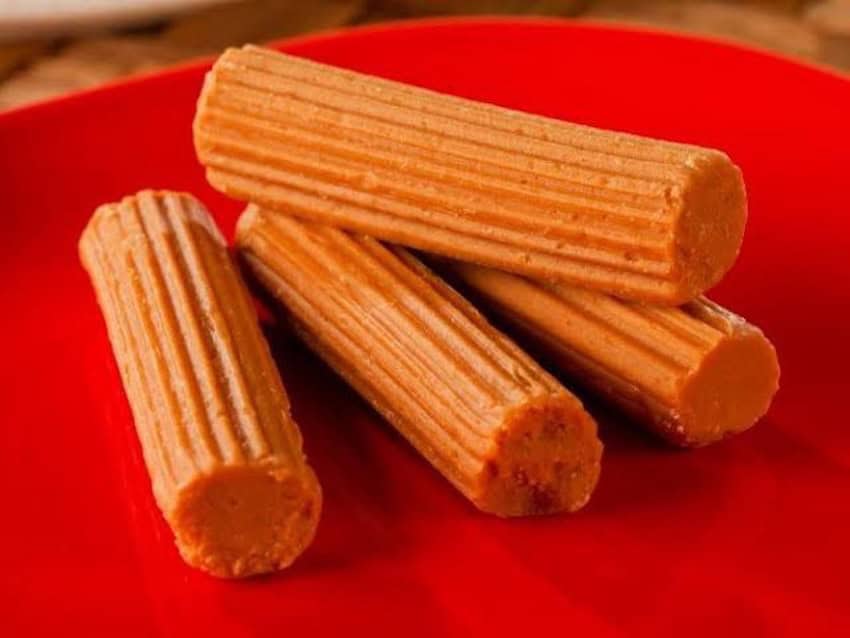Taste of Mexico: Puebla’s Mexican candy

Since humans first discovered fire — or maybe even before that — we’ve been on a quest to make food taste better. We have evidence that for at least around 8,000 years, people have had a sweet tooth. Fast forward 3,000 years, and we find the Egyptians, Greeks, Chinese and Middle Eastern cultures enjoying seeds, fruits and flowers coated in honey. Whether it was to make them last longer or simply because everything tastes better with a bit of sweetness, our love affair with sugar has deep roots. Mexican candy is almost as historied.
In today’s modern age of kale smoothies and CrossFit, where everyone is focused on longevity and treating their body with utmost care, sugar has become the ultimate villain. However, perhaps it’s important to remember that sweets are more than just causes of sugar crashes and guilty pleasures, especially in Mexico. Particularly in the state of Puebla, they’re an essential part of our culture, our history and our identity.

In Puebla, a state filled with churches and religious buildings, convents served as the original foodie laboratories during colonial times. The nuns they housed were like original master chefs of Mexico, creating some of the most emblematic traditional dishes that we still enjoy today. Many of these recipes have remained virtually unchanged for 200 and even 300 years.
In this article, I will mention a few of these treats, but make sure you watch the accompanying video to fully understand how they look and taste. Even better, consider booking a trip to Puebla as soon as possible— trust me, these desserts will take you on a near-spiritual journey.
Fruta cristalizada
One of the things I love about these candied fruits is how they blend pre-Columbian culinary tradition with European technique. Before the Spanish conquest, Indigenous cultures preserved fruits in a candying process that used quicklime.
When the Spanish arrived, they kept the method but added a sweet twist: boiling the crystallized fruit twice in syrup and twice in water. The result? Fruit that could last for months without spoiling. Common fruits for this treatment include prickly pears, papayas, pineapples, figs, pears, oranges… basically, any fruit can be crystallized!
Camotes de Santa Clara


Sweet potatoes, you ask? Yes, indeed! The sweet potato pulp is cooked in syrup until it thickens and forms a dough that could make even the most health-conscious person swoon. After a day of sunbathing, it’s coated with more syrup to create that signature white layer. These candies have a humble origin story: in Puebla’s Convent of Santa Clara, the nuns, who relied on donations, had an abundance of sweet potatoes. And thus, these sweet, glorious treats were born.
Tortitas de Santa Clara
Speaking of the Convent of Santa Clara — seriously, those nuns were dessert geniuses — let’s talk about the famous cookies. These cookies are made from wheat flour and coated with a magical glaze of egg yolks and pumpkin seeds. It’s uncertain when or how they were invented, but one thing’s for sure: they’re evidence that divine inspiration can come in the form of a cookie.
Macarrones de leche


If you’re thinking of the typical French Ladurée macarons, let me stop you right there. This is another treasure from colonial convent kitchens. These little treats only require milk, sugar, almonds and egg whites. Simply cook the milk and sugar until you get a thick, heavenly mixture, add ground almonds and whipped egg whites, shape the mixture and bake it briefly. The result? A taste of heaven on earth.
Muégano de Tehuacán
This treat is a newcomer on the scene, relatively speaking. It’s a cookie covered in piloncillo (raw sugar) sandwiched between two wafers. Created in 1905 by Flora Álvarez in Tehuacán, Puebla, this delightful treat combines the best of sugar and carbs — it’s like a perfect, sugary hug.
Polvorón sevillano
The crumbly delight originates from Spain, hence the name. This recipe, brought over during the colonial period, has remained largely unchanged for centuries. These crumbly shortbread cookies are made with flour, sugar and lard. The most popular versions include almond, sesame, walnut or cinnamon. They melt in your mouth and evoke thoughts of Spain. Olé!
Cocada
Coconut was essentially the superstar of colonial desserts. Grated coconut, milk and sugar were all it took to create this iconic treat. Over the years, cocada has evolved into many variations, but the base remains the same. Whichever version you try, you’ll be asking for seconds. And thirds… no judgment here. A fun fact is that without the commercial exchange between Mexico, Spain and Asia during the 1600s in what was known as the Nao de China or Manila galleon, cocada would be unthinkable.
Obleas
And finally, we arrive at the wafer, one of the most interesting sweets in Mexican tradition. Obleas are derived from the host used in Catholic mass — yes, the one that’s called the body of Christ. Its origins lie in matzah, the flat, unleavened bread used in Jewish Passover celebrations. When this treat made its way to Mexico, of course, we had to add our special touch. We gave it color, filled it with more sweet things and sometimes even sprinkled it with seeds. Basically, if there’s a way to make it more fun, we’ve done it.
There are so many more candies that I want to mention, but I don’t want to give you a sugar rush. We’ll discuss them eventually. For now, visit the traditional candy shops that have over a hundred years of history in downtown Puebla. Which one is your favorite? Tell us in the comments.
María Meléndez is a Mexico City food blogger and influencer.
Source: Mexico News Daily

